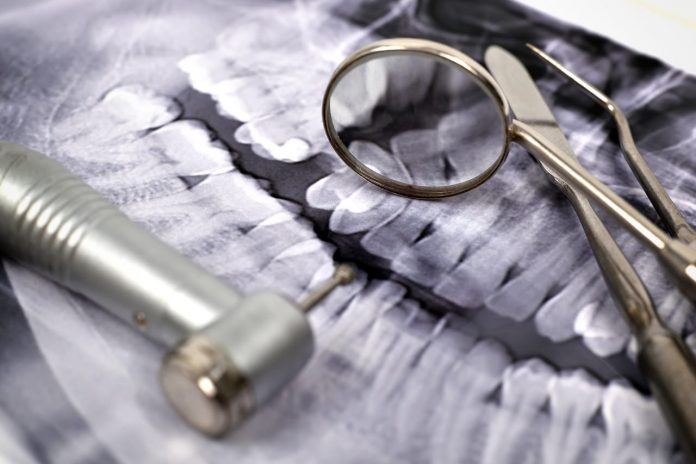Did you know that around 36% of the population has dental anxiety? If you have a fear of the dentist yourself and are wondering “are dental x rays safe?” we are here to clear things up. We have put together this short guide to share more about dental x ray safety and the different types of x rays there are.
Keep reading to learn everything there is to know about dental x rays.
Are Dental X Rays Safe?
The main concern about dental x rays is the fact that they emit radiation. While they do emit some radiation, the amount is so minimal when compared to natural radiation sources and human-made radiation sources.
Nowadays, adult and kid dentistry are a lot more conscious about patient safety. Dental practices across the United States are not only using the latest technology with minimal radiation but they are also using more shields and thyroid collars during an x-ray procedure.
There are also some dentist offices that are using zero-radiation technologies. This allows the dentist to see if there is any tissue damage or cavities in the mouth without doing a full set of x rays in the patient’s mouth.
Types of X Rays
Different types of x rays record different views of a person’s mouth. Intraoral x rays include bitewing, occlusal, periapical, and panoramic. Bitewing is when the patient bites down on a special piece of paper that allows the dentist to see how well the crowns of the teeth match up.
Occlusal x-rays allow the dentist to capture all of the teeth in one shot. This is done when the jaw is closed in order to see how the bottom and upper teeth all line-up. Periapical is an x-ray technique that focuses on two complete teeth from the root to the crown.
Panoramic is when a machine rotates around the person’s head while taking pictures. This is common when checking wisdom teeth and when seeing how the jaw is doing.
Conditions That Require X-Rays
If you are suffering from pain in your mouth then a dentist can use a dental x ray machine to help identify oral infections. Taking an x-ray at the onset of pain is the best way to catch issues such as cavities, infections, and gingivitis before it gets out of control.
A dentist will also take X-rays to help monitor how a mouth injury is healing. Sometimes when playing sports a child or adult can become injured in the mouth and the best way to make a full recovery is to track the patient’s healing progress via x-rays.
Feeling Like an X Ray Pro?
We hope that now that we answered the question “are dental x rays safe?” you are feeling a little more confident about your safety next time you visit the dentist.
If this blog post helped you out today? Please keep browsing this section for the latest technology in the medical world.









